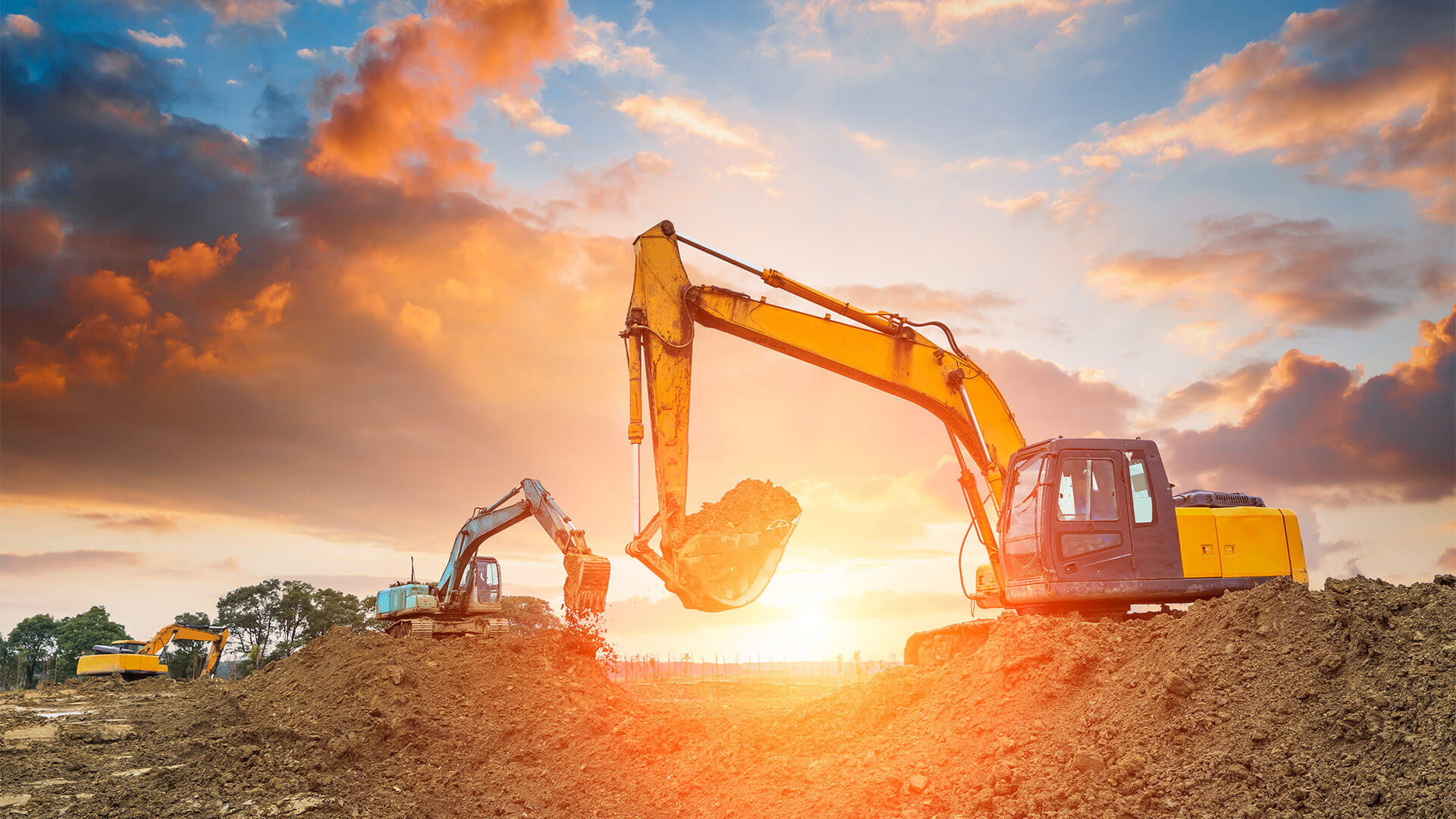Leading Equipment Rental Company for All Your Requirements
Leading Equipment Rental Company for All Your Requirements
Blog Article
Renting Vs. Buying Building Devices: Making the Right Option for Your Job
When embarking on a construction task, one of the vital decisions that project supervisors and stakeholders face is whether to rent or acquire building and construction devices. Both choices have their downsides and benefits, making the choice a critical one in the project preparation procedure. The decision rests on various variables such as cost factors to consider, project period, devices upkeep, adaptability, scalability, and threat administration. Each component plays a crucial function in figuring out the most appropriate path for the task's devices requirements. forklift rental. Let's check out these variables additionally to comprehend exactly how they influence the decision-making procedure and inevitably the success of the project.
Expense Factors To Consider
When examining the economic facet of leasing versus acquiring building tools, the ahead of time expenses and long-lasting expenditures need to be thoroughly thought about. Renting equipment commonly needs reduced first repayments compared to acquiring, making it an attractive choice for temporary tasks or specialists with budget plan constraints. Leasing eliminates the requirement for huge resources outlays and reduces the monetary threat related to devices ownership, such as upkeep and depreciation expenses. Nevertheless, over time, constantly renting out equipment can build up higher prices than buying, especially for extensive tasks.
On the other hand, getting building and construction tools entails higher ahead of time prices but can cause long-term savings, specifically for constant customers or long-lasting tasks. Possessing devices gives flexibility, ease, and the possibility for resale worth once the task is finished. In addition, owning tools allows for customization and familiarity with specific machinery, possibly boosting performance and performance on-site. Ultimately, the decision in between renting out and acquiring building and construction equipment pivots on the task's period, regularity of usage, budget factors to consider, and lasting financial goals.
Project Period

Alternatively, for long-term projects or continuous construction work, getting equipment could be the much more cost-effective option. Acquiring devices can cause cost savings over time, specifically if the devices will certainly be often made use of. In addition, owning equipment supplies a sense of control over its schedule and allows for modification to fit certain task requirements.

Tools Maintenance
Offered the critical duty job duration plays in figuring out the most affordable method between renting out and getting building devices, the focus currently changes in the direction of examining the vital aspect of tools maintenance. Correct upkeep is vital for making sure the optimum efficiency and durability of building and construction devices. Renting equipment usually includes the benefit of having actually properly maintained equipment supplied by the rental company. This can ease the problem of maintenance tasks from More Info the task proprietor or service provider, conserving effort and time. On the various other hand, having equipment needs an aggressive method to maintenance to avoid malfunctions, ensure safety, and expand the equipment's lifespan. Routine inspections, servicing, and prompt fixings are essential to keep owned and operated devices in leading functioning condition. Element in maintenance prices when determining between getting and leasing, as neglecting maintenance can bring about expensive repair work, downtime, and job delays. Inevitably, a properly maintained building and construction tools fleet, whether rented view it out or owned, is necessary for the reliable and effective conclusion of building projects.
Adaptability and Scalability
In the realm of building and construction tools management, the facet of adaptability and scalability holds significant relevance for job effectiveness and resource use. Deciding to rent out construction equipment offers a high level of versatility as it enables for the quick change of equipment types and amounts based on the advancing demands of a job.
Furthermore, scalability, one more important variable, is naturally linked to flexibility. Renting out building tools provides the benefit of conveniently scaling operations up or down as job demands vary. Professionals can quickly exchange or include devices to match the project's changing demands without the restraints of owning properties that might become underutilized or obsolete. This ability to scale resources successfully can lead to price savings and improved project timelines, making renting a positive choice for jobs requiring flexibility and responsive resource allocation.
Threat Monitoring
Reliable risk monitoring in building and construction tools operations is paramount to ensuring project success and mitigating prospective monetary losses. Building projects inherently entail various dangers, such as tools break downs, mishaps, and project delays, which can considerably impact the job timeline and budget plan. By meticulously considering the threats related to owning or leasing building devices, task supervisors can make educated choices to lessen these prospective risks.
Renting building and construction equipment can offer a level of danger mitigation by moving the responsibility of repair and maintenance to the rental company. This can minimize the monetary worry on the see project owner in situation of unexpected tools failings (aerial lift rental). Furthermore, leasing offers the adaptability to accessibility specific equipment for specific task phases, minimizing the danger of having underutilized equipment
On the other hand, possessing building and construction equipment offers a sense of control over its usage and upkeep. Nonetheless, this likewise means bearing the full obligation for repair services, maintenance costs, and depreciation, enhancing the financial dangers connected with tools possession. Careful danger analysis and consideration of elements such as job period, tools application, and upkeep requirements are essential in identifying the most ideal option for effective risk management in building tasks.
Final Thought
In verdict, when making a decision between renting and buying building equipment, it is very important to consider price, task period, equipment maintenance, threat, adaptability, and scalability management. Each variable plays a critical role in determining the most suitable choice for the job handy. By very carefully reviewing these facets, project managers can make an informed decision that lines up with their budget plan, timeline, and total job objectives.

Report this page